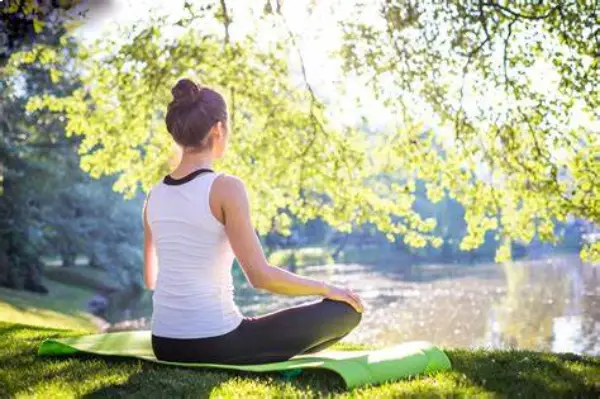In the bustling rhythm of modern life, relaxation often takes a backseat. Yet, as a physiotherapist, I’ve witnessed the profound impact that relaxation techniques can have on both massage therapists and their customers. The benefits are multifaceted, enhancing physical well-being, mental clarity, and overall life quality.
For the Massage Therapist: Self-Care is Key
Massage therapists are no strangers to the physical demands of their profession. Prolonged periods of standing, repetitive movements, and the use of body weight to apply pressure can lead to muscle fatigue and strain. Here, relaxation isn’t just a luxury; it’s a necessity for career longevity.
Technique 1: Progressive Muscle Relaxation (PMR)
PMR involves tensing and then relaxing different muscle groups. This practice not only aids in recognising areas of tension but also teaches the body to distinguish between muscle contraction and relaxation, reducing the risk of overuse injuries. Link to awesome article explaining the technique and benefits… https://www.healthline.com/health/progressive-muscle-relaxation
Technique 2: Diaphragmatic Breathing
Also known as belly breathing, this technique encourages full oxygen exchange and can help reduce the heart rate and stabilise blood pressure, fostering a state of calm and preventing burnout. Link to technique and benefits here…. https://www.healthline.com/health/diaphragmatic-breathing
Technique 3: Body scan
This is a technique to feel where the areas of tension are in the body and then try to soften and relax around that area, using breath and positioning. Often done in yoga classes, this is a powerful but simple tool to allow the body to switch off unnecessary muscle tension. Scanning through from the top of the head down, each area of the body is evaluated for tension and then each body part imagined to have that tightness soften and melt. This can be done in combination with the PMR technique described above or can be done by itself.
Technique 4: Guided imagery.
This is done with the help of an app or a recording from Spotify, Deezer. I use an app called CBTi coach, which was developed for the Veterans Agency in the USA and has a great selection of scenes and other tools to aid relaxation. Link to CBTi app here… https://mobile.va.gov/app/cbt-i-coach
Technique 5: Mindfulness meditation
This is simply practicing being in the present moment, without judgement, allowing thoughts and sensations to come and go. It can be done at any time, for example when washing up or preparing a meal. The focus is down to tiny details in the colours of the bubbles, the texture of the soapy water, the smell of different herbs and spices, or even the clouds in the sky when staring out of a window. My favourite is watching ants being busy around their nest, I can do that for hours.
Technique 6: Autogenic training
A relaxation technique involving self-suggestions and visualisations to induce deep relaxation by focusing on bodily sensations like warmth and heaviness. Link here….. https://www.healthline.com/health/mental-health/autogenic-training
Technique 7: Engage in Yoga, Pilates, Tai chi, Tui Na practices
Generally done best with an instructor but lockdown created a plethora of internet instructors so you can be easily guided at home.
Technique 8: Aromatherapy
Use essential oils like lavender, chamomile, sandalwood to create calming atmosphere and promote relaxation. Have a massage and use the upgrade oils.
For the Customer: A Gateway to Healing
Customers seek massage therapy for various reasons, from managing chronic pain to finding a haven of tranquility. Relaxation techniques can amplify the therapeutic effects of a massage session.
Techniques for customers: Mindfulness Meditation Encouraging customers to focus on their breath or the sensations of the massage can anchor them in the present moment. This mindfulness practice can help alleviate anxiety and stress, leading to a more profound and restorative massage experience.
Aromatherapy: the use of the aromatherapy oil in the upgrade can promote relaxation during a treatment session. Go back to the upgrade theory lesson to recap on all the wonderful ingredients in the oils used.
The Ripple Effect of Relaxation
The benefits of relaxation extend beyond the immediate effects. For therapists, regular practice can improve job satisfaction and the quality of care provided. For customers, it can lead to better stress management and an enhanced ability to cope with pain.
Conclusion
As a physiotherapist, I advocate for the integration of relaxation techniques into the practice of massage therapy. Not only do they offer immediate relief, but they also empower therapists and customers with tools for sustained well-being. In the end, relaxation is more than a momentary pause; it’s a vital component of a holistic approach to health.
Stay healthy
Charlie H, National Physiotherapist.

